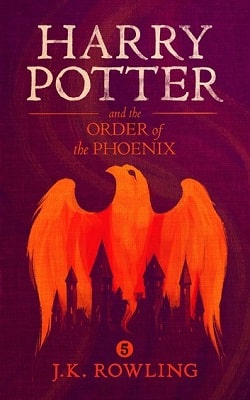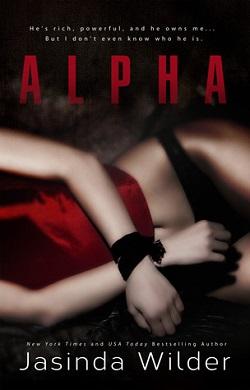I get her talking about what Ms. Delany calls “the good days.” The victim’s early bio was quite impressive. At the age of nineteen, Joanna was on track to become a well-known model in the industry. A rising star. Four years into her career, and the bottom fell out. It’s a ruthlessly competitive, unforgiving industry, and models either make it or they don’t. The older one gets, the harder it becomes to soar to the top against younger, fresher faces.
Joanna toured Europe for a brief time, shot impressive photos for women’s magazines, and then suddenly, as quickly as the stardom came, the offers stopped.
It’s a rags to riches to rags…to shocking death story.
My publisher will only accept true crime novels based on people who they deem will pique and hold the public’s interest. Not surprisingly, a pretty face on the cover with a tragic story inking the pages is ideal. People want to be shocked and awed. But they also want to feel marginally better about their own lives by comparison to someone else’s unfortunate life.
Sad, but utterly true.
I chose Joanna Delany not because she was a good fit for the publisher—but because Joanna Delany chose me. She reached out from the grave, whispered of the parallels between us, and quickly became an obsessive enigma that demanded to be solved.
Rhys jumps in with his own questions, connecting the dots, learning the victim’s routine in the weeks preceding her murder.
Once the interview is complete, I stop the recording and check the log, making sure we got everything. Then we thank Bethany and make our way toward the door.
“You’re that crime writer,” Bethany says. I pause in the open doorway, and Rhys takes up my side. “I read your book. After Agent Nolan first reached out with the possibility of reopening the case, I looked you up. Your team has solved every cold case you two have worked on together.”
Every case except one.
I look to Rhys for help. His mouth flattens into a line, eyebrows drawn. His steel-gray eyes say: she said it’s your team.
Thanks.
Despite my reservations, I take hold of her weathered hands. “We’re going to try our hardest,” I promise her.
Her eyes sheen with unshed tears and hope.
Hope.
After a year of searching for the truth, of seeking justice for her daughter, hope has become Bethany’s curse. Even when you try to sever every last thread of it, hope’s gauzy web latches on to the remaining pieces of your heart. It’s a painful thing to witness, when a family member cannot let go, move on.
“Thank you.” She squeezes my hand before she releases me. Then the tears come. Rivulets streak her dry cheeks, like rain down a desert canyon.
The sound of the door closing echos through the narrow hallway. I walk faster toward the elevator.
I sense Rhys’s towering presence behind me. “You did good back there,” he says. “Closure is all we can promise. Even then, it’s usually not enough. We can’t bring their loved ones back from the dead.”
“I know.” And I do. Grieving parents have a checklist. They stay stuck on step punish killer for a long time, and sometimes, when it’s time to move forward to the healing bullet point, they can’t.
“Bethany is the purest grieving mother I’ve met,” I say. “I hope I do her justice.”
I believe to be a true crime writer, you have to respect the victim.
There’s a distinct difference between the creation of a character, the process of conjuring a person out of nothing—giving them living, breathing personality—and depicting a true person on the pages.
If I kill off a fictional character, the reader may suffer, on a topical level. Until they pick up the next book.
But when making a study of people—real people—in order to recount their story, immersing myself in their lives, I have a responsibility to them—the victims—as well as the mourning family members and friends left behind, to share their cruel experience with the utmost respect. To be compassionate, humane.
If for no other reason than to differentiate yourself from the very real killer you’re also depicting.
You need that clear line between good and evil.
I need it.
The voice of the victim, as well as the voice of those closest to the victim, are the ones who direct my narrative.
Rhys and I are silent as we descend to the ground level. When the doors open, we’re in a new frame of mind.















